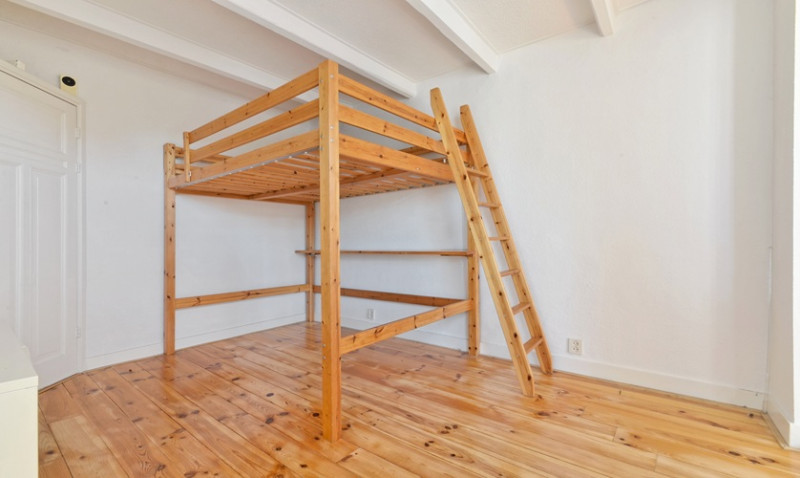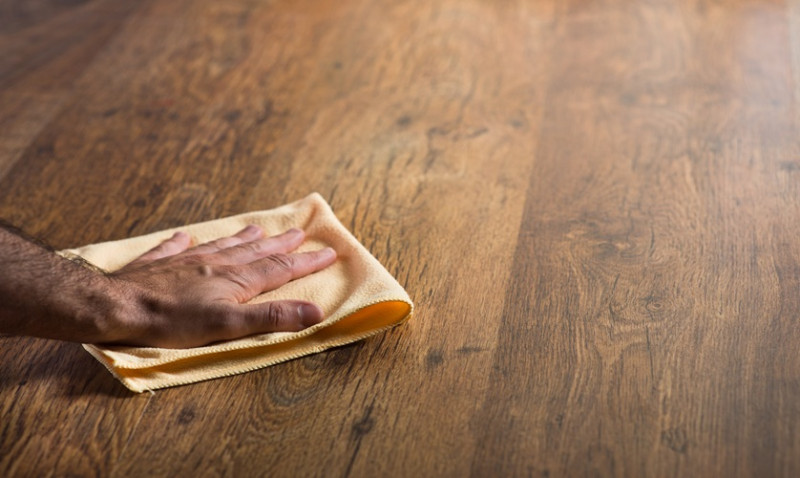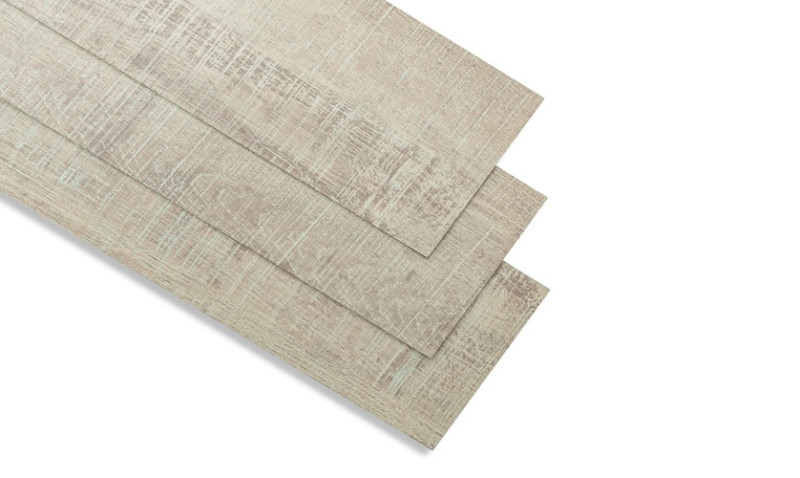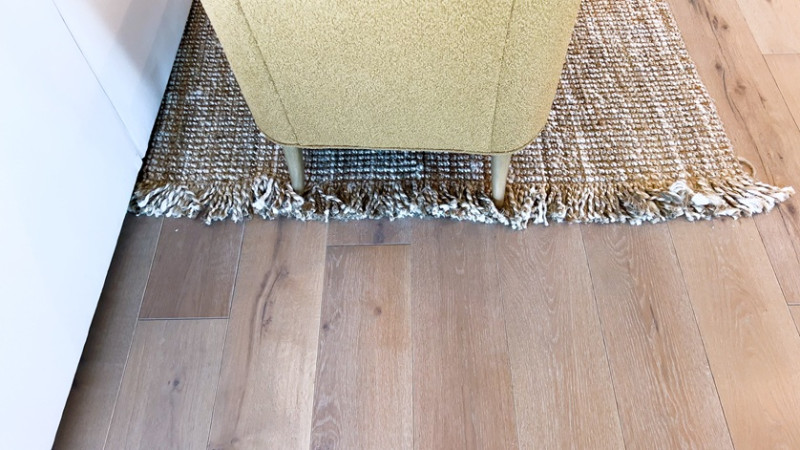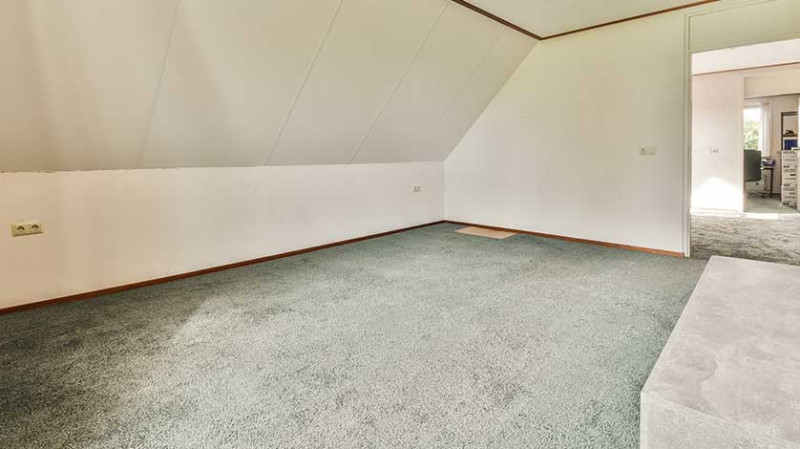
Thinking about revamping your basement but unsure where to begin? Whether you're a DIY enthusiast, a young professional refurbishing a new home, or a trade expert on a tight project budget, concrete staining offers a stunning, cost-effective solution to breathe new life into your basement floor. In the UK, where basements are often unused or left unfinished, a concrete stain can instantly elevate the space, making it more livable, stylish, and easier to maintain.
Not only does concrete staining produce a unique, high-end look, but it’s also both durable and low-maintenance—perfect for basements which tend to be high-traffic or susceptible to moisture issues. Let’s explore how you can take on this simple and satisfying DIY project over a weekend and achieve professional-looking results.
What Is Concrete Staining?
Concrete staining is the process of applying a chemical or water-based stain to a concrete surface to either enhance its natural look or change its colour dramatically. Unlike paint, stains penetrate the surface—which means they won’t chip, peel, or flake over time. You get a rich, translucent tone that adds depth and character, much like polished stone or aged leather.
There are two main types of concrete stains:
- Acid-Based Stains: These create a chemical reaction with the concrete to produce varied, mottled tones that resemble marble or natural stone.
- Water-Based Stains: These offer a broader range of vibrant colours and generally produce a more consistent look. They’re non-reactive, making them easier and safer to apply for first-time DIYers.
For UK homes where basements often feature light or dark grey concrete, both techniques can produce striking effects—whether you're going for industrial chic, rustic warmth, or modern minimalism.
Why Stain Your Basement Floor?
Concrete staining isn't just about aesthetics. There are a variety of practical benefits that make it an especially suitable flooring option for basements in British homes:
- Affordable: A stained concrete floor costs significantly less than tile, carpet or vinyl—especially when done as a DIY project.
- Easy to Clean: Once sealed, a stained floor resists moisture and is simple to clean with just a mop and mild detergent.
- Durable: Stains won’t easily chip or fade, making them ideal for high-use or recreation areas.
- Customisable: Choose from a wide variety of colours and finishes to suit your interior style—from earthy tones to sleek charcoal or vibrant modern hues.
In basements where moisture and temperature changes can be an issue, concrete's ability to withstand wear and retain thermal mass makes this type of flooring highly desirable.
Tools & Materials You'll Need
Before you get started, gather the following supplies. Many of these can be found at your local B&Q, Wickes, or trade supplier in the UK.
| Tool / Material | Purpose |
|---|---|
| Concrete cleaner / degreaser | Removes oils, paint and residues for better stain absorption |
| Concrete stain (acid or water-based) | The main colouring agent |
| Protective gear (goggles, gloves, mask) | Ensures safety during chemical application |
| Plastic sheeting or tape | To protect walls, doors or permanent fixtures |
| Pump sprayer | Used to apply the stain efficiently and evenly |
| Soft-bristle brush or mop | Helps agitate stain into the concrete for rich coverage |
| Concrete sealer | Locks in the stain and protects against wear and moisture |
Note: If using acid stains, remember to neutralise the surface with a mild alkaline solution once the chemical reaction has completed, before sealing.
Step-by-Step Guide to Staining Your Basement Floor
Each step is crucial for achieving a finish that looks professional and lasts for years. Here's how to get it done:
1. Clean & Prepare the Surface
Start by clearing the basement floor of all furniture and removable fittings. Use a sweep and vacuum to remove dust and then scrub the surface thoroughly with a concrete degreaser or cleaner.
Check for existing sealers or old coatings by sprinkling water on the slab. If the water beads, you’ll need to use a chemical stripper or etching solution to allow the stain to penetrate the surface properly.
2. Apply the Stain
Once dry, mask off the walls and doors with plastic sheeting. Stir the stain thoroughly and pour it into a plastic pump sprayer. Begin spraying evenly in sections, working in small manageable areas to avoid streaks.
Use a soft-bristle brush or mop to spread and agitate the stain into the concrete. This helps create rich, natural-looking textures.
3. Let It Cure
Once applied, let the stain sit and cure. With acid stains, this typically takes 4–8 hours. For water-based dyes, refer to the manufacturer’s instructions. During this time, avoid walking on or touching the surface to prevent uneven blotching.
If you’re using an acid stain, the floor will need to be neutralised with a baking soda and water solution. Scrub and then rinse the surface until the residue is completely removed, then allow it to dry fully.
4. Apply a Concrete Sealer
Sealing the floor locks in the colour and adds protection from moisture, foot traffic and wear. Choose between matte or glossy sealers depending on your aesthetic goals. Apply with a roller or sprayer in thin, even coats. Allow to dry thoroughly – usually around 24 hours – before using the space.
Top tip: In humid UK basements, choose a breathable acrylic sealer to allow moisture to escape and prevent trapping water beneath the surface.
Design Inspiration for UK Homes
Not sure how stained concrete fits into your vision? Here are some popular style options tailored for British interiors:
- Industrial Style: Go for dark charcoal or slate grey stains with a matte finish, paired with exposed brick and steel furniture.
- Scandi Minimalist: Use subtle white pigment or soft greys with clear sealers and white-washed walls.
- Modern Rustic: Choose earthy stains like burnt sienna or umber combined with timber cladding or rustic shelving for a warm, welcoming basement lounge or office.
Since each concrete slab takes stain differently, the colour variation and pattern created is always unique—giving your space a one-of-a-kind designer touch.
Tips for Long-Term Care
Stained concrete floors are low-maintenance, but a few habits will keep them looking fresh for years:
- Sweep and mop regularly to remove grit that can scratch the surface.
- Top up your sealer every 2–3 years, particularly in high-traffic areas.
- Avoid harsh chemical cleaners that can dull the surface finish.
If you notice minor scuffing or dull patches, a quick polish with a buffer or a new topcoat of sealer can restore shine and clarity easily.
Final Thoughts
Concrete staining is one of the most transformative yet straightforward DIY projects you can take on—truly a game-changer for neglected basement spaces. With a little planning, the right tools, and expert application tips, you’ll create a finish to rival those found in high-end interiors. Whether you’re renovating to rent, redesigning for personal use, or looking to impress trade clients, stained concrete is a smart, stylish, and sustainable choice that’s growing in popularity across the UK.
So roll up your sleeves, pick your stain, and get ready to turn that bare concrete slab into a work of art that sets the tone for your entire basement conversion.
